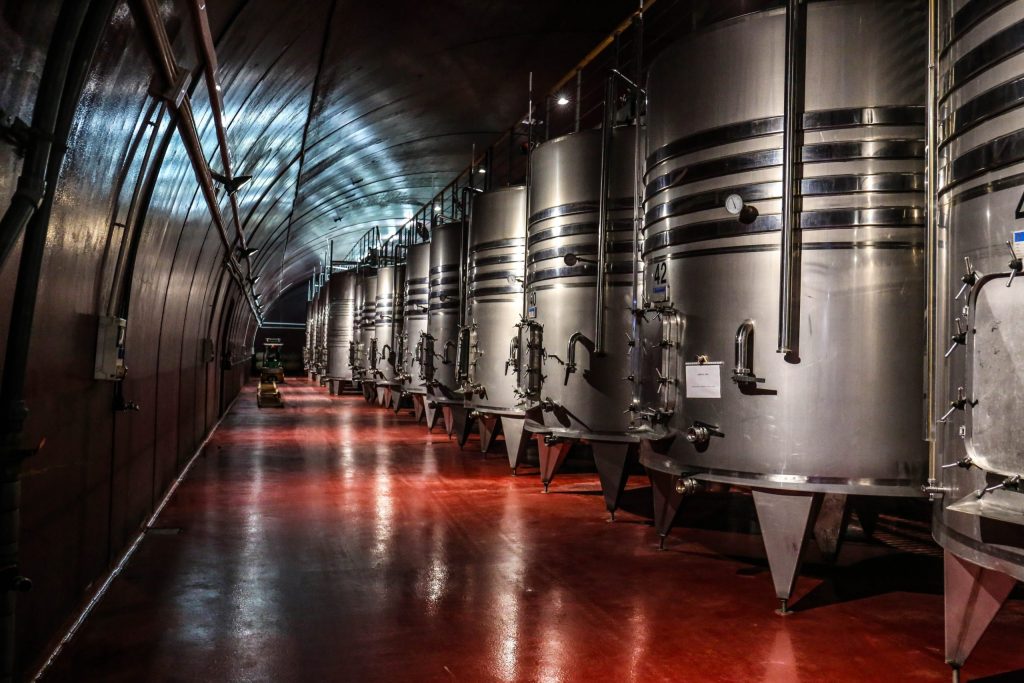
By: The Posts Author | Posted on: 6 Dec 21
According to a new report by the Farm Animal Investment Risk & Return (FAIRR) initiative, a global investor network that aims to put factory farming on the environmental, social and governance (ESG) agenda, animal agriculture is deeply unprepared for the transition to a sustainable food system. But there is one interesting silver lining: 28 out of 60 publicly-listed animal protein companies – almost half – now have some involvement in alternative proteins, which includes seven in cultivated meat. The shift toward alternative proteins even from within parts of the existing agricultural system is a signal of what’s to come: Precision
According to a new report by the Farm Animal Investment Risk & Return (FAIRR) initiative, a global investor network that aims to put factory farming on the environmental, social and governance (ESG) agenda, animal agriculture is deeply unprepared for the transition to a sustainable food system. But there is one interesting silver lining: 28 out of 60 publicly-listed animal protein

By: The Posts Author | Posted on: 13 Oct 21
Photo by Zdeněk Macháček on Unsplash Many scientists now believe that the Amazon is close to a tipping point, after which it would become a savanna rather than a rainforest. Instead of pulling greenhouse gases out of the atmosphere, it will start pumping them into the atmosphere, leading so-called flying rivers – bands of moisture in the air that bring rainfall to the continent – to dry up. “As many as 10,000 species may be at risk of dying off,” reported Bloomberg. By 2018, as much as 17% of the Amazon rainforest had already been destroyed. According to Time magazine,
Photo by Zdeněk Macháček on Unsplash Many scientists now believe that the Amazon is close to a tipping point, after which it would become a savanna rather than a rainforest. Instead of pulling greenhouse gases out of the atmosphere, it will start pumping them into the atmosphere, leading so-called flying rivers – bands of moisture in the air that bring

By: The Posts Author | Posted on: 4 Sep 20
There is a major disruption coming to the food system, one that is well detailed in our report Rethinking Food and Agriculture. In the report, we identify the core disruptive technology over the next 10 years to be precision fermentation (PF). The regulation of PF is key to shaping the disruption. Regulation and the food system go hand in hand, and rightfully so. Food has a direct relationship with public and personal health, and people must be protected from real threats to safety and any uncertainties with the ingredients in the food they eat, or how those foods are produced.
There is a major disruption coming to the food system, one that is well detailed in our report Rethinking Food and Agriculture. In the report, we identify the core disruptive technology over the next 10 years to be precision fermentation (PF). The regulation of PF is key to shaping the disruption. Regulation and the food system go hand in hand,

By: The Posts Author | Posted on: 3 Sep 20
Today, we are on the cusp of multiple disruptions in food and materials. So why now? In a previous blog we discussed how precision fermentation (PF) has been around for 40 years. We know this because we can pinpoint the first product commercialized from PF – human insulin. Human insulin is an illustrative example of how PF created a superior product that led to a rapid disruption of an incumbent product. In this blog, we discuss some of the technology convergence that led to scientists being able to produce human insulin via PF, as well as some of the economic
Today, we are on the cusp of multiple disruptions in food and materials. So why now? In a previous blog we discussed how precision fermentation (PF) has been around for 40 years. We know this because we can pinpoint the first product commercialized from PF – human insulin. Human insulin is an illustrative example of how PF created a superior

By: The Posts Author | Posted on: 30 Jun 20
“The prevailing production system will shift away from a model, of centralized extraction and the breakdown of scarce resources that requires vast physical scale and reach, to a model of localized creation from limitless, ubiquitous building blocks – a world built not on coal, oil, steel, livestock and concrete but on photons, electrons, DNA, molecules and (q)bits. Product design and development will be performed collaboratively over information networks while physical production and distribution will be fulfilled locally. As a result, geographic advantage will be eliminated as every city or region becomes self-sufficient.” Rethinking Humanity, RethinkX, June 2020 Throughout history,
“The prevailing production system will shift away from a model, of centralized extraction and the breakdown of scarce resources that requires vast physical scale and reach, to a model of localized creation from limitless, ubiquitous building blocks – a world built not on coal, oil, steel, livestock and concrete but on photons, electrons, DNA, molecules and (q)bits. Product design and

By: The Posts Author | Posted on: 30 Jun 20
In Part 1 we discussed why Covid-19 has impacted industrial livestock farming. Here we discuss the rise of the new protein industry in a post-Covid-19 world. Covid-19 is accelerating the collapse of the old system and the growth of a new one. Will Covid-19 speed up the replacement of livestock with a new system of agriculture? The short answer is yes. Aside from adding immense, crushing pressure to the farming industry, Covid-19 has highlighted the need for continuing food innovation as an essential component of a resilient food system. Early entrants have already proven that new production models are
In Part 1 we discussed why Covid-19 has impacted industrial livestock farming. Here we discuss the rise of the new protein industry in a post-Covid-19 world. Covid-19 is accelerating the collapse of the old system and the growth of a new one. Will Covid-19 speed up the replacement of livestock with a new system of agriculture? The short answer

By: The Posts Author | Posted on: 30 Jun 20
In Rethinking Food & Agriculture, published in 2019, we predicted that there will be 50% fewer cows in the US by 2030 and that by 2035 the livestock industry will be all but bankrupt. This was considered fast by many observers, but Covid-19 has since revealed the fragility of the global food supply chain, pulling back the curtain in dramatic fashion on its economic vulnerabilities and inefficiencies. This particular disruption of livestock happened because of an acute event, the pandemic, rather than the convergence of new technologies as we predicted in our report. But our analysis that the livestock industry
In Rethinking Food & Agriculture, published in 2019, we predicted that there will be 50% fewer cows in the US by 2030 and that by 2035 the livestock industry will be all but bankrupt. This was considered fast by many observers, but Covid-19 has since revealed the fragility of the global food supply chain, pulling back the curtain in dramatic







